Ahead of Rad Husak’s new solo exhibition ‘Duality’ opening at Quantus Gallery, London, The Art Collector asked this rising star about his oeuvre to date. Rad Husak has been named as “the rising star of the art world” and is one of the most highly sought-after printmaker-artists working in Britain today; it is said that there is simply no-one else doing what he does. Husak’s work was first debuted at Photo London 2019.
What does Duality mean to you?
Duality in my work refers to how my images/compositions are structured; it’s a clash of organic (body) and man-made (surface) that brings suspense and invites an emotive reading of the artwork. I like to refer to it as the ‘duality of collision’. The bodies intertwine on the picture plane, creating a fleeting moment of extreme tension and movement, only to part a moment later, becoming serene and still once again.
Your work often juxtaposes the traditional (i.e. the classical male form) with pop art, something that was almost considered iconoclastic in an art history sense. How do you bridge this contradiction?
The presence of a human creates that bridge. Protagoras once said, ‘Man is the measure of all things’; the use of the male form allows me to break and honour the artistic traditions at the same time.‘ In other words, a human is, in this instance, the connective tissue that links all my inspirations without being radical. Iconoclasm destroys, where I create new meanings and parallels. Having long been seduced by the beauty and perfection of the Classical world, I present the audience with a very modern muse: the lithe and youthful man – channelling the look and movement of a fashion model in a neo-romantic way.
As a follow up question, does all art reference the past? Should art be political?
I believe that all art contains elements of the past, and it is impossible to escape our collective visual heritage. There will always be an element of tradition, religion or history, and whenever applied deliberately or subconsciously is another conversation altogether. I acknowledge all my references and use them as a starting point for further exploration. Art is a powerful tool that should not be taken lightly. As it carries messages that could change the course of history, artists should be cautious of what their content implies. In my personal opinion, art should focus on beauty rather than politics.
Why has the pop art leitmotif (Andy Warhol’s Double Elvis series (1963) in particular) influenced your aesthetic?
The influence of that particular artwork stems from its obsessive repetition of the single image of (inky) Elvis, combined with the use of synthetic silver paint. Although my materials differ, one can draw direct parallels. The strobe-like effect, glitch, and overlapping of the images lend the artwork performative qualities. Warhol’s flat and empty surface plays an integral role in my body of work – it allows me to create a moment of glittering allure and wonder.
Can you tell us about your printmaking technique (pigment transfer twinned with carbon-
drawn elements, on sandblasted aluminium) and how it has evolved? How central to your art work – or series – is the concept of materiality?
The pigment transfer process is central, if not ‘elemental’, in my work.
It took almost seven years of continuous research and experimentation to master the technique. Creating artwork requires a mixture of different chemicals and sheer man-strength. Each layer must be applied in perfect registration to create a defined finish. The addition of carbon pencils allows the maximum intensity of contrast, creating a cinematic effect. The method evolved from modest-sized paper and aluminium panels to monumental multi-tiled arrangments on display at Quantus gallery. Materiality is paramount. The tactility of materials has always enticed me. For me to be material is to exist, and this presence permits the audience to experience the artwork in-depth.
Your printmaking technique compresses movement into a singular dimension – a flat surface. Why do you think this is the most powerful way to convey ‘order’?
As a printmaker, a flat surface always is and will be a starting point.
The strength and constraint of that approach is my use of the grid as an underlying structure, allowing the composition to expand and contract harmoniously. This method, aided by the creative use of symmetry, helps me to force a brief moment of order in my work. As my practice develops, I am open to new possibilities of how the order is reinforced and transmitted.
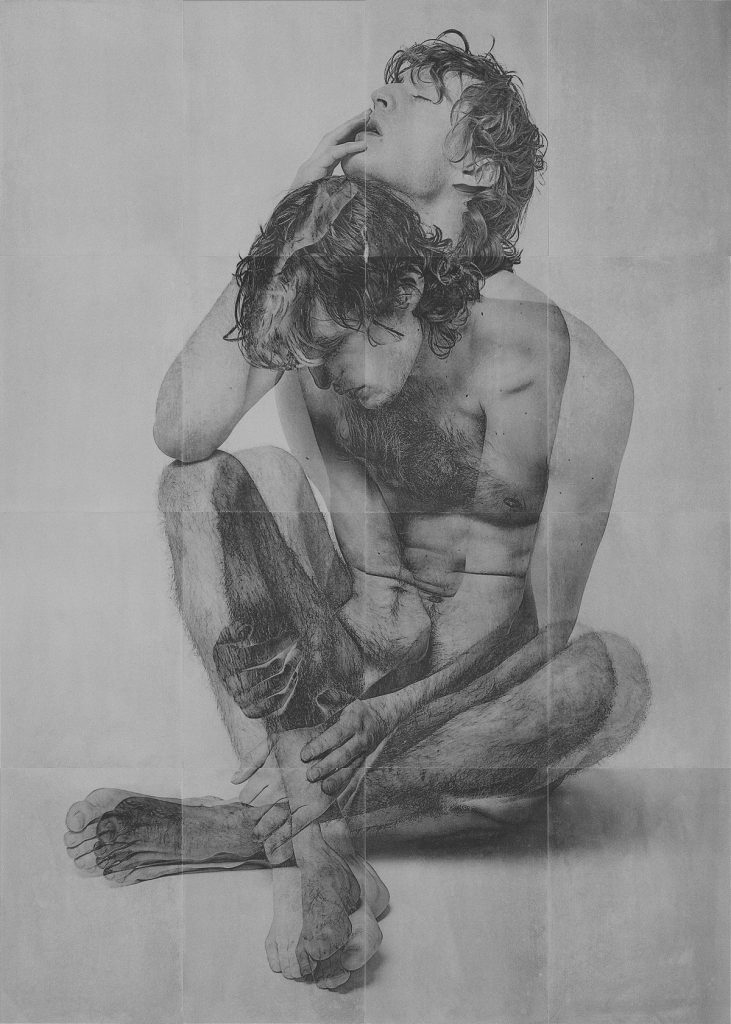
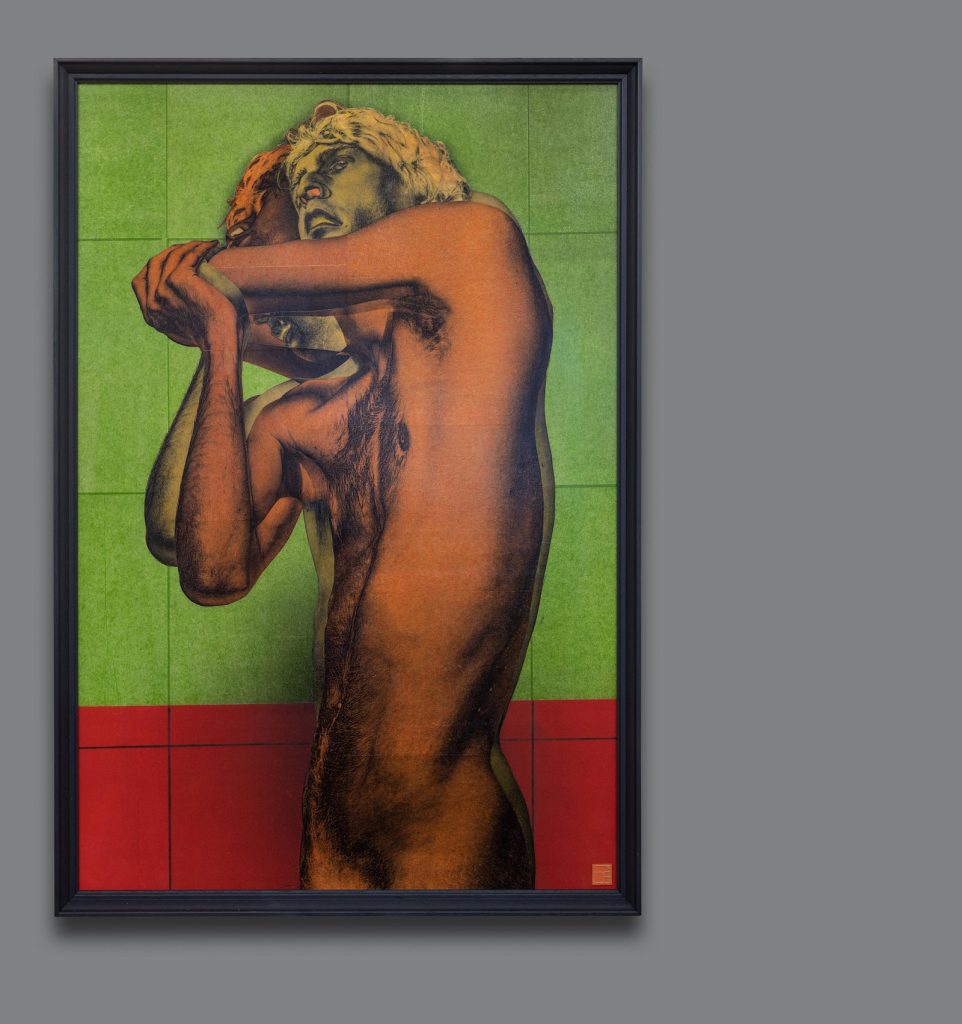
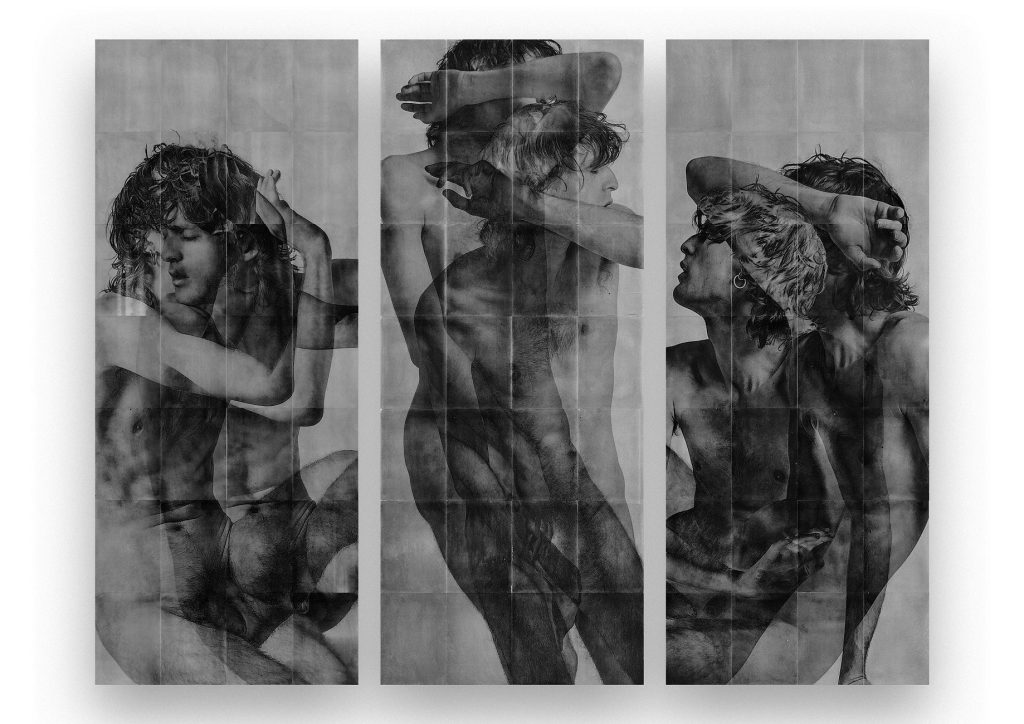
Have you experimented with other mediums? Why did you choose this one?
A while ago, I ventured into working with glass, particularly traditional stained glass. Its translucent quality always mesmerised me. The possibility of light travelling across the glass’s surface, reinforcing the sensation of movement, was what I wanted to explore. The other reason I decided to go this route was the nature and structure of my compositions. Clear lines dividing the composition lent themselves inherently to the ancient technique of leaded glass.
The technological era has simplified many processes. You art works are labour intense (transformation of material is a key concept in your work, as well as multi-layering). What are you thoughts on the intersection of technology in the art world? What of NFTs?
Technology always was a part of our creative output—no pottery without fire/no architecture without engineering. Artists nowadays are easily seduced by technological advances, relinquishing a lot of creative control and relying on software’s ability to create the content. In my work, I apply the concept of working from ‘digital to analogue’. The principles of the Arts and Crafts movement are close to my heart – the artist’s hand becomes the ultimate tool of creation. The labour and time spent in creating my work allow part of myself to be embedded in the piece.
Technology seems to have few limits left, so its influence on Arts is ever more present. It is a personal artistic choice of where and how it is applied. As my oeuvre is inherently rooted in the physical world, I have never considered NFTs as an outlet for my creativity.
The exhibition is on at Grove Gallery until 22nd December and at Quantus Gallery until 10th December.

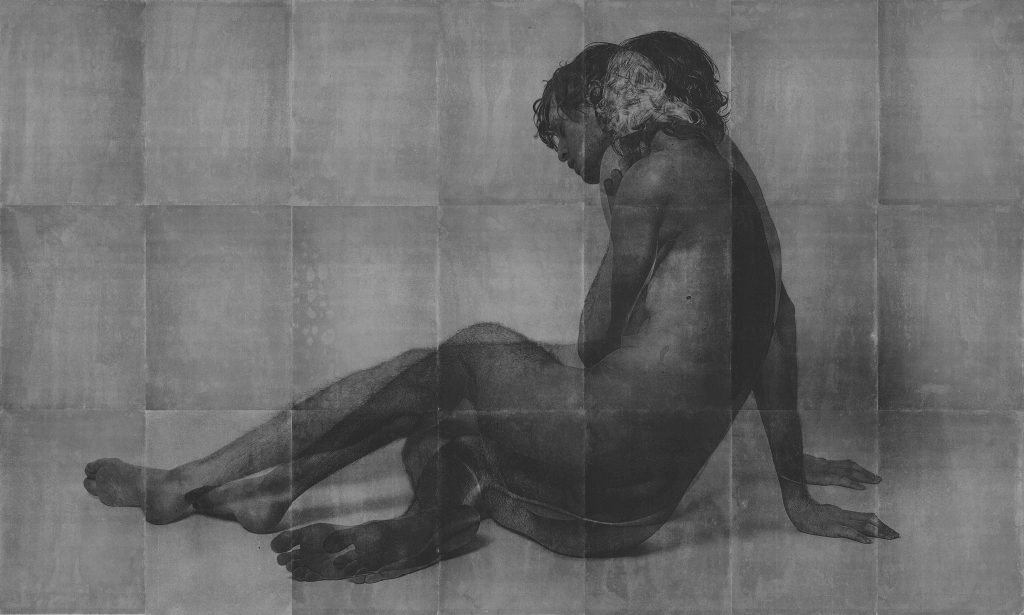
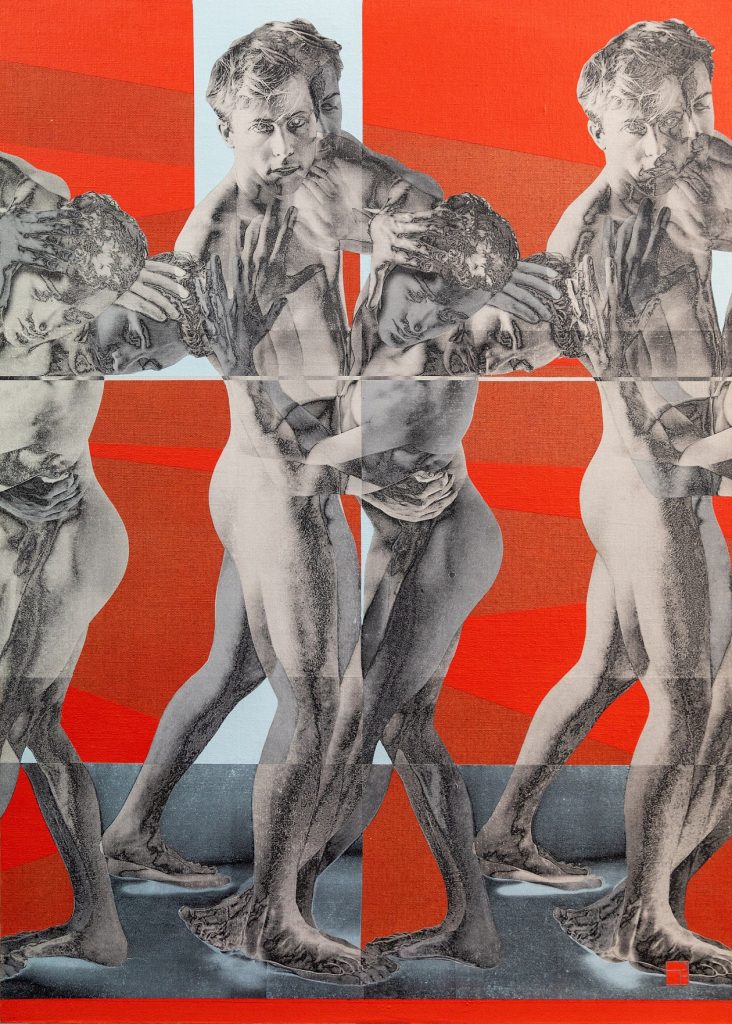
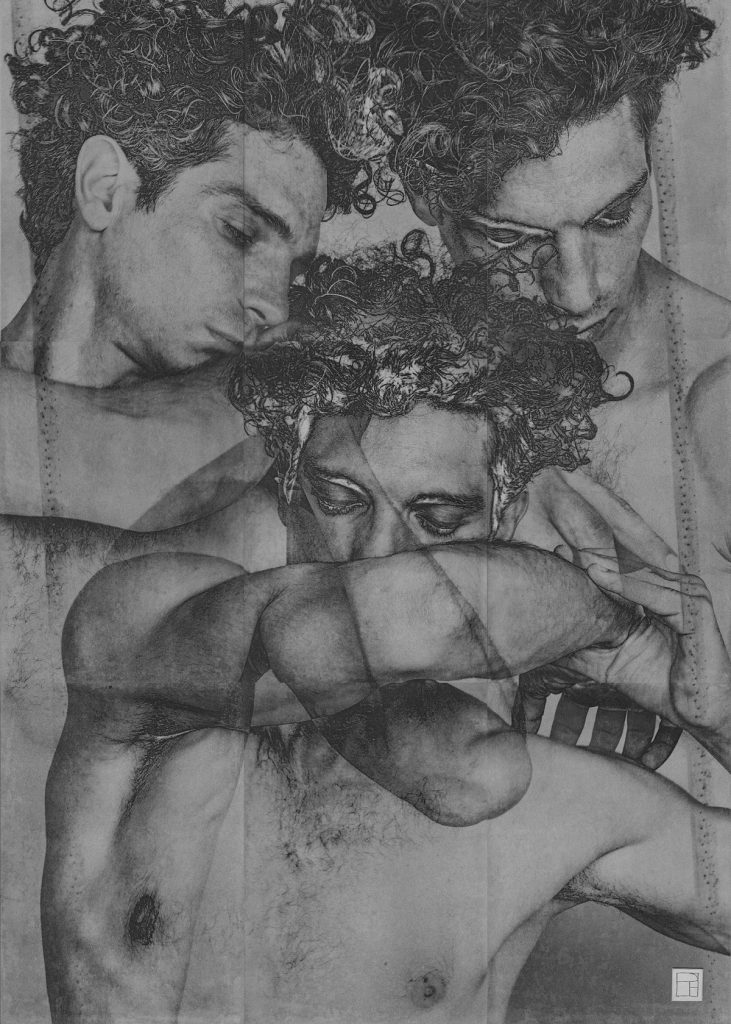
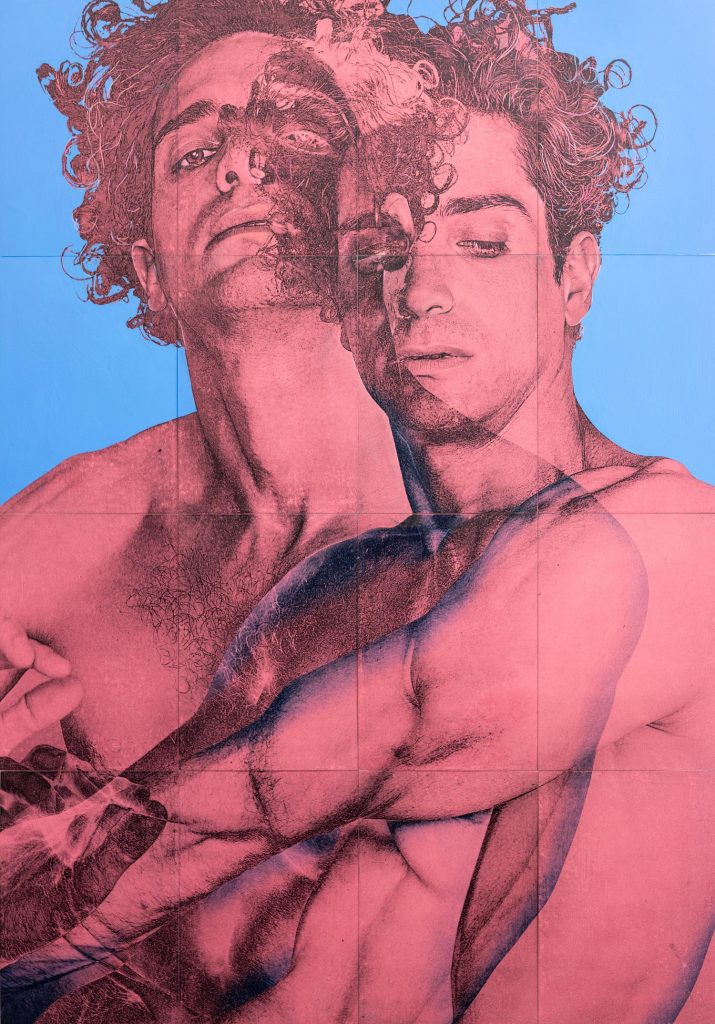


 Saving...
Saving...